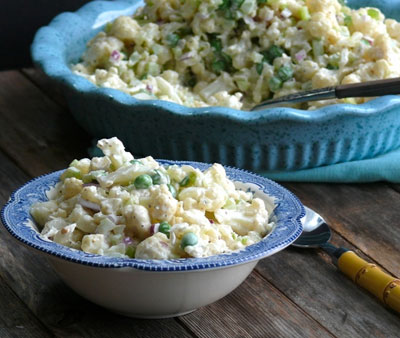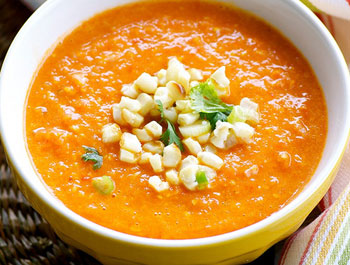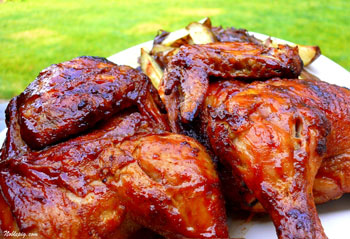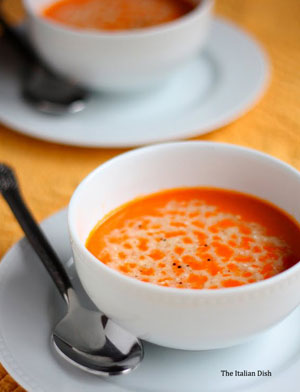 Memorial Day Weekend is quickly approaching, which means grilling season will officially commence. I say that with a smirk as the Pacific Northwest has been plagued with rain for the past week-and-a-half. Come back sunshine!!!
Memorial Day Weekend is quickly approaching, which means grilling season will officially commence. I say that with a smirk as the Pacific Northwest has been plagued with rain for the past week-and-a-half. Come back sunshine!!!
Old Bay seasoning is one of our favorites around here. Originally used to flavor crab and shrimp it is now widely used and popular in many dishes. The seasoning mix includes mustard, paprika, celery salt, bay leaf, black pepper, crushed red pepper flakes, mace, cloves, allspice, nutmeg, cardamom, and ginger. In the United States it is found in every grocery store but I'm not sure what its availability is in other countries.
I decided to make a cauliflower salad, something similar to a potato salad but sans the potatoes. This is low-carb and a perfect side to accompany any grilled food you might be serving this summer.

 When I saw that 20-foot-long table covered with plump, brilliant red cherries and velvety soft golden apricots I audibly gasped (hey, I wasn't the only one). Then I turned to Jeff and said something like, "I'm making an apricot and cherry pie when we get home! Or should I make a crumble? Ooh-ooh, I know, how about a cobbler?" See what I mean? Waaay too excited.
When I saw that 20-foot-long table covered with plump, brilliant red cherries and velvety soft golden apricots I audibly gasped (hey, I wasn't the only one). Then I turned to Jeff and said something like, "I'm making an apricot and cherry pie when we get home! Or should I make a crumble? Ooh-ooh, I know, how about a cobbler?" See what I mean? Waaay too excited. I woke up the other morning craving roasted red pepper soup. Not for breakfast -- that would be weird -- but for dinner.
I woke up the other morning craving roasted red pepper soup. Not for breakfast -- that would be weird -- but for dinner. Have you ever attended a grill shindig where chicken is the star of the show and what you are served resembles eau d'ashtray or worse the bird is literally still raw. Bleck.
Have you ever attended a grill shindig where chicken is the star of the show and what you are served resembles eau d'ashtray or worse the bird is literally still raw. Bleck. Homemade tomato soup is good, but roasted tomato soup is even better. With the abundance of tomatoes right now in the markets, this makes great use of all those tomatoes and may be the best tomato soup you will ever have.
Homemade tomato soup is good, but roasted tomato soup is even better. With the abundance of tomatoes right now in the markets, this makes great use of all those tomatoes and may be the best tomato soup you will ever have. 